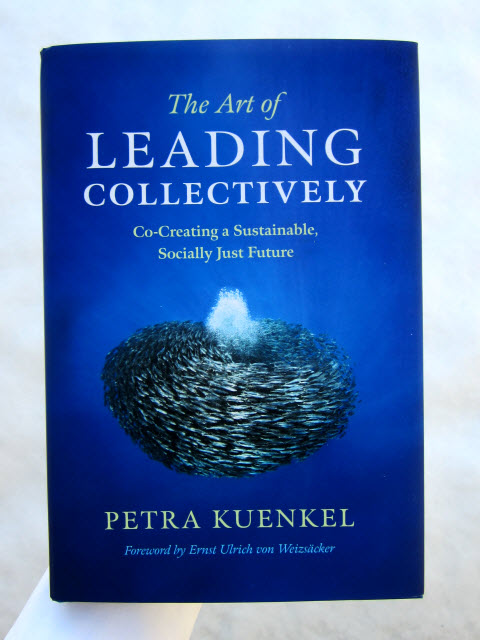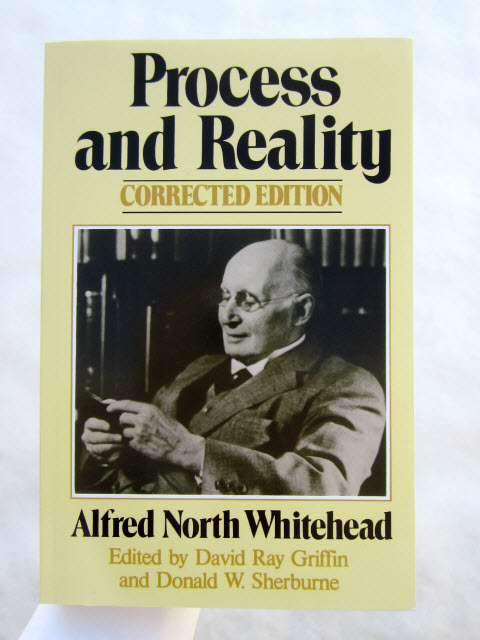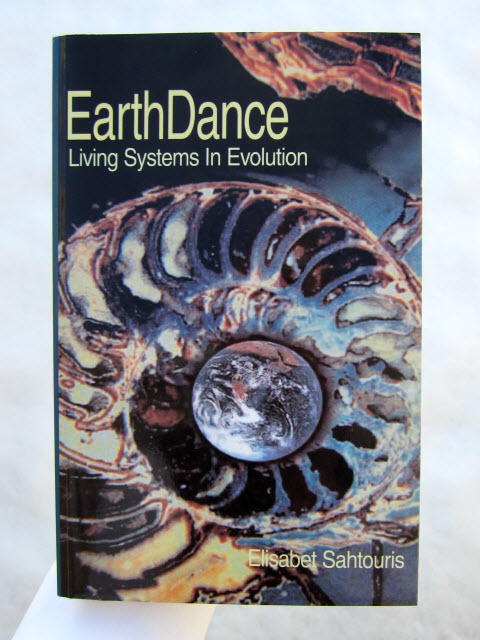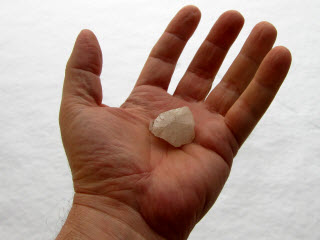This is a post in my series on organizing ”between and beyond.” Other posts are here. This is a retrospective of what has happened during the week. The purpose is to reflect on the work itself. Here is my previous retrospective. Here is my next retrospective.
What has happened? What needs to be done?
My conversations with Skye Hirst has continued this week. I share Skye’s view that we need to shift from a rigid mechanistic to a more dynamic organismic worldview. I also believe that Robert Hartman’s value logic (axiology) supports this new emerging paradigm. Hartman was born in Germany in 1910. Seeing the Nazis “organize evil,” he fled Nazi Germany for his opposition to Hitler, and devoted the rest of his life to “organize good.” This led him to a life-long quest to define “what is good?” and how to apply goodness both in our individual lives and on a broader scale. Hartman formulated a definition of good as fulfillment of the intension of a concept.1 There are three fundamental types of value – intrinsic, extrinsic, and systemic. There’s also a hierarchy of value where the intrinsically good is richer in value – and thus has more worth – than the extrinsically good, which in turn, is richer in value than the systemically good Looking at Hartman’s definitions I get the impression the systemic value dimension is a more explicate order of value, while with the intrinsic dimension lies deeper and thus is more implicate, with the extrinsic dimension lies somewhere in between.



Several new books arrived this week – The Art of Leading Collectively: Co-Creating a Sustainable, Socially Just Future by Petra Kuenkel, Process and Reality by Alfred North Whitehead, and A Force More Powerful: A Century of Non-violent Conflict by Peter Ackerman and Jack DuVall – but I started to re-read another book which I already have – EarthDance: Living Systems in Evolution by Elisabet Sahtouris. This is a book which I read in April 2013. I love the book and will write a book review.

I see connections between Elisabet Sahtouris’ book and the papers Skye Hirst sent two weeks ago. Living organisms are autopoietic and autonomous, while mechanisms are allopoietic and allonomous.2 The balance between any holon’s autonomy and holonomy must be worked out as mutual consistency if the holon is to survive as part of a holarchy. The concepts of embeddedness or holarchy, and of the autonomy at every level of holarchy, tempered by holonomy, are important to understanding how life itself works.3 Here are Elisabet Sahtouris’ principles of healthy living systems.
I suspect that the aspects of nature which we cannot measure, and cannot abstract. may be the most essential aspects there are. This has consequences for the logic of life. Traditional reasoning is based on dividing up the world. Mathematics itself is a perfected man-made language. The world of algorithms, nowadays embodied in software, is a very small world, a world of machines.4 A mathematics of life has to be less mechanical, more flexible, more like living nature. I wonder if such a mathematics is possible?
What was good? What can be improved?
The coaching sessions with Skye Hirst (based on the Hartman Value Inventory) have been very helpful to me. This stone reminds me of what I’ve learned so far and need to practice on.

Notes:
1 Robert Hartman, The Structure of Value (1967), pp. 101–106.
2 Elisabet Sahtouris, Earthdance: Living Systems in Evolution (iUniversity Press, 2000), p. 247.
3 Ibid., p. 52.
4 Robert Rosen, Essays on Life Itself, p. 99.
Related posts:
Organizing in between and beyond posts
Leave a Reply
You must be logged in to post a comment.